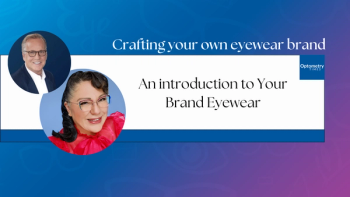
- September/October digital edition 2025
- Volume 17
- Issue 05
New study compares the effects of low-level red light with 0.01% atropine treatment on axial length and choroid in myopic children
An investigative team led by first author Xuena Pang, MD, reported their experience with the use of red light in children with myopia. They reported that 6 months of treatment showed that repeated low-level red light (RLRL) application was more effective than 0.01% atropine for controlling axial elongation and myopic progression in myopic children.1
Pang and colleagues, from the Department of Ophthalmology, The First Affiliated Hospital of Zhengzhou University, Zhengzhou, Henan, China, reported their findings in Ophthalmology and Therapy.
“Myopia is more than just a common refractive error; it constitutes a vision-threatening condition. Myopia usually develops rapidly during childhood and, if left unmanaged, may further evolve into other serious eye conditions.2-4 It is vital to find an efficacious treatment for myopia to control its development, given that the condition is associated with an upward trend in prevalence, younger age, and severity,2-6” they stated.
Low-dose atropine effectively stops progression of myopia7,8 as does increased exposure to natural light.9-12 Only one randomized controlled trial of atropine vs RLRL has been performed,13 showing that RLRL was superior to 0.01% atropine for myopia control. However, that study did not measure the choroidal parameters. The current study evaluated the impact of RLRL on managing children with myopia by examining the effectiveness disparity between RLRL and 0.01% atropine over 6 months and explored the potential mechanism of RLRL and 0.01% atropine in delaying myopia progression in choroidal thickness and choroidal blood flow, Pang and colleagues explained.
Prospective, randomized, and single-blind controlled trial
This investigation included 91 children aged 6 to 12 years. The inclusion criteria were a spherical equivalent refraction (SER) of -5.0 diopters (D) and −0.75 D or lower after cycloplegia bilaterally, astigmatism lower than 2.00 D, best-corrected visual acuity of 20/20 or better in monocular vision, and intraocular pressure of 21 mmHg or lower, the authors recounted.
The children were randomized to treatment for 6 months with either RLRL or atropine 0.01%. The primary outcomes included changes in the axial length (AL), SER, and choroidal parameters that included the foveal, parafoveal, and perifoveal choroidal thickness and the foveal, parafoveal, and perifoveal choroidal vessel volume.
The primary outcomes were the changes in the AL, SER, and choroidal parameters after 6 months.
The children treated with atropine received 1 drop of the drug at night before bedtime. Those treated with RLRL received a device, Eyerising (Suzhou Xuanjia Photoelectric Technology), that uses a semiconductor laser diode to emit red light with a 650 ± 10 nm wavelength, illuminating from the pupil to the fundus at an illuminance level of 1600 lx, including a light spot diameter of 10 ± 3 mm at the exit peephole and mean energy of the light source is 2.0 ± 0.5 mW. The children received the light treatment twice daily for 3 minutes each time with a minimum of 4 hours between treatments. The parents/guardians administered the light treatment.
Changes at 6 months
Pang and colleagues reported that at the 6-month evaluation, the respective changes in the children randomized to RLRL and atropine 0.01% in the AL were − 0.09 mm (− 0.18, 0.01) compared to 0.13 mm (0.05, 0.24) (P < 0.001) and in the SER 0.25 D (0, 0.50) compared to − 0.25 D (− 0.53, 0) (P < 0.001).
In the children treated with RLRL and atropine 0.01%, the respective changes in the foveal, parafoveal and perifoveal choroidal thicknesses were 36.38 µm (14.05, 65.39), 31.04 µm (4.09, 59.35), and 28.48 µm (5.35, 55.15), compared to 0.94 µm (− 9.20, 9.36), 3.52 µm (− 10.24, 14.45), and 6.14 µm (− 5.21, 15.69) (P < 0.001 for all comparisons).
In addition, the respective foveal, parafoveal, and perifoveal choroidal vessel volume changes with the two treatments were 0.01 μm3 (0.00, 0.02), 0.05 μm3 (0.02, 0.09), and 0.20 μm3 (0.05, 0.30) compared to 0.00 μm3 (− 0.00, 0.01), 0.01 μm3 (− 0.02, 0.03), and 0.01 μm3 (− 0.06, 0.09) (P < 0.001).
The investigators suggested that the RLRL therapy enhances the choroidal blood flow, which improves the oxygen supply and nutrient availability to the scleral hypoxia and delays axial growth. They advised that studies are required to comprehend the exact mechanisms of RLRL therapy.
The authors concluded, “Among children with myopia aged 6 to 12 years in the central plains of China, RLRL was found to be more effective than 0.01% atropine in preventing the axial elongation and myopia progression. Furthermore, RLRL does not result in any functional or structural damage to the eyes. The foveal, parafoveal, and perifoveal choroidal thicknesses and foveal, parafoveal, and perifoveal choroidal vessel volume increases in the RLRL group were significantly higher than those in the 0.01% atropine group.”
References:
Pang X, Fu A, Zheng G, et al. The effect of repeated low-level red light versus 0.01% atropine treatment on axial length and choroidal parameters in children with myopia. Ophthalmol Ther. 2025;14:1739–1754.
https://doi.org/10.1007/s40123-025-01169-0 Pan CW, Ramamurthy D, Saw SM. Worldwide prevalence and risk factors for myopia. Ophthalm Physiol Opt. 2012;32:3–16. https://doi.org/10. 1111/j.1475-1313.2011.00884.x.
Wu PC, Huang HM, Yu HJ, Fang PC, Chen CT. Epidemiology of myopia. Asia Pac J Ophthalmol (Phila). 2016;5:386–93. https://doi.org/10.1097/APO.0000000000000236.1752
Holden BA, Fricke TR, Wilson DA, et al. Global prevalence of myopia and high myopia and temporal trends from 2000 through 2050. Ophthalmology. 2016;123:1036–42. https://doi.org/10.1016/j.ophtha.2016.01.006.
Morgan IG, Ohno-Matsui K, Saw SM. Myopia. Lancet. 2012;379(9827):1739–48. https://doi.org/10.1016/S0140- 6736(12)60272-4.
Haarman AEG, Enthoven CA, Tideman JWL, Tedja MS, Verhoeven VJM, Klaver CCW. The complications of myopia: a review and meta-analysis. Invest Ophthalmol Vis Sci. 2020;61:49. https://doi.org/10.1167/iovs.61.4.49.
Wu J, Lu AD, Zhang LP, Zuo YX, Jia YP. Study of clinical outcome and prognosis in pediatric core binding factor-acute myeloid leukemia. Zhonghua Xue Ye Xue Za Zhi. 2019;40:52–7. https://doi.org/10.3760/cma.j.issn.0253-2727.2019.01.010.
Huang J, Wen D, Wang Q, et al. Efficacy comparison of 16 interventions for myopia control in children: a network meta-analysis. Ophthalmology. 2016;123:697–708. https://doi. org/10.1016/j.ophtha.2015.11.010.
Rose KA, Morgan IG, Ip J, et al. Outdoor activity reduces the prevalence of myopia in children. Ophthalmology. 2008;115:1279–85. https://doi.org/10.1016/j.ophtha.2007.12.019.
French AN, Ashby RS, Morgan IG, Rose KA. Time outdoors and the prevention of myopia. Exp Eye Res. 2013;114:58–68. https://doi.org/10.1016/j.exer.2013.04.018.
He M, Xiang F, Zeng Y, et al. Effect of time spent outdoors at school on the development of myopia among children in China: a randomized clinical trial. JAMA. 2015;314:1142–8. https://doi.org/10.1001/jama.2015.10803.
Wu PC, Chen CT, Lin KK, et al. Myopia prevention and outdoor light intensity in a school-based cluster randomized trial. Ophthalmology. 2018;125:1239–50. https://doi.org/10.1016/j.ophtha.2017.12.011.
Chen Y, Xiong R, Chen X, et al. Efficacy comparison of repeated low-level red light and low-dose atropine for myopia control: a randomized controlled trial. Transl Vis Sci Technol. 2022;11:33. https://doi.org/10.1167/tvst.11.10.33.
Articles in this issue
about 1 month ago
What a pharmaceutical representative taught me about glaucoma dropsabout 1 month ago
AI glasses fill in gaps for patients with low visionNewsletter
Want more insights like this? Subscribe to Optometry Times and get clinical pearls and practice tips delivered straight to your inbox.


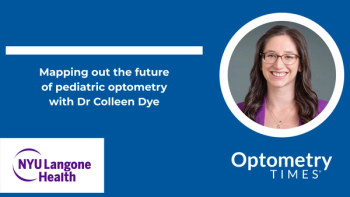

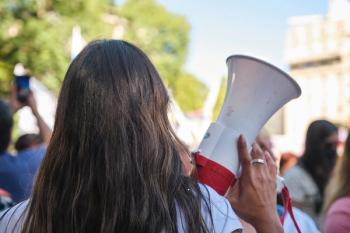
























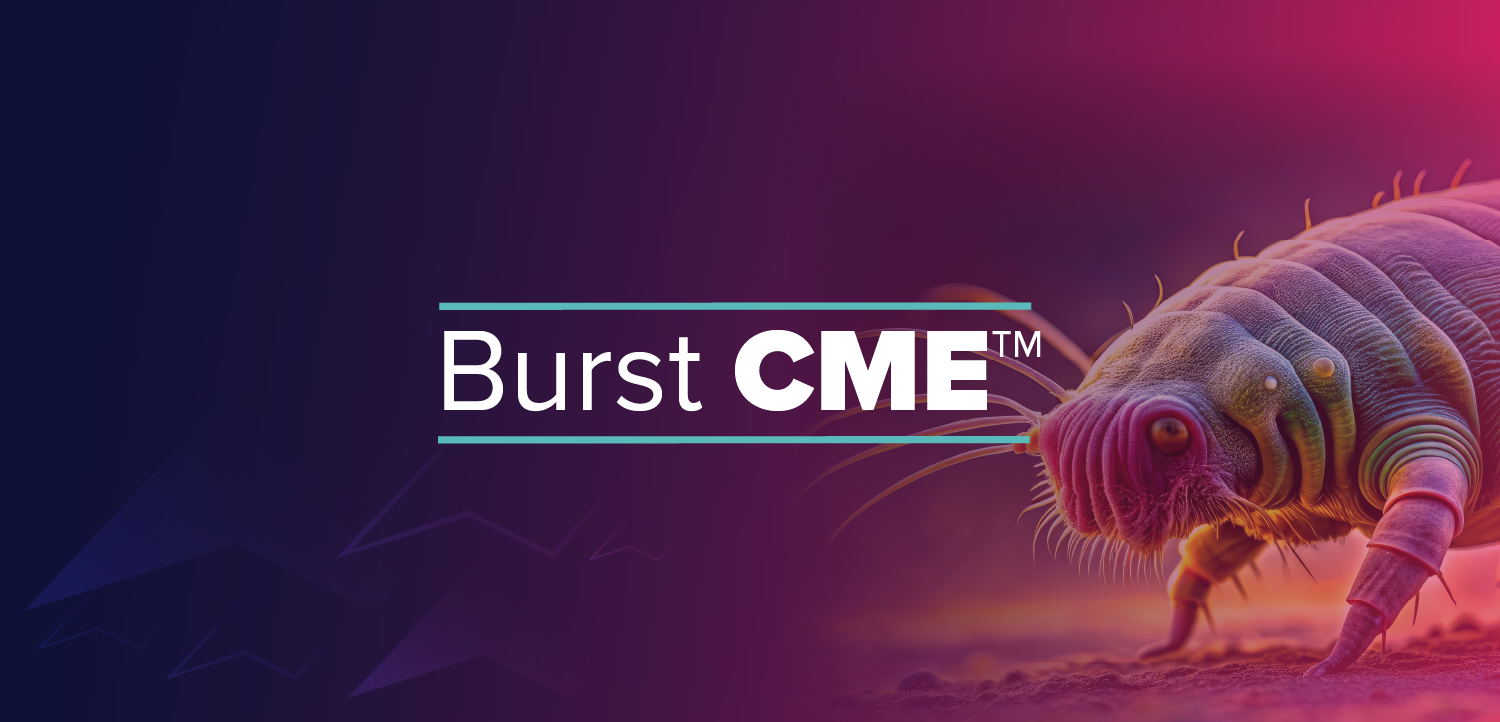
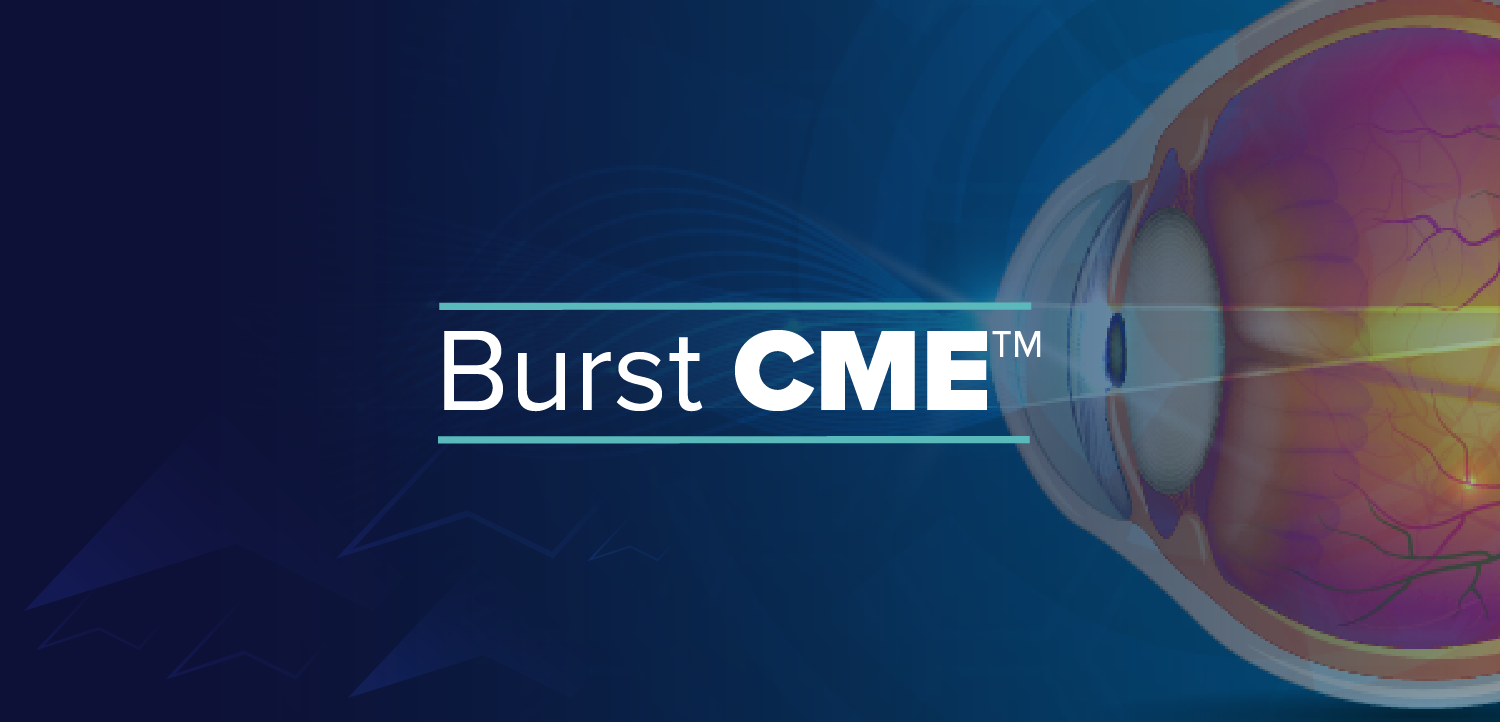




















.png)


